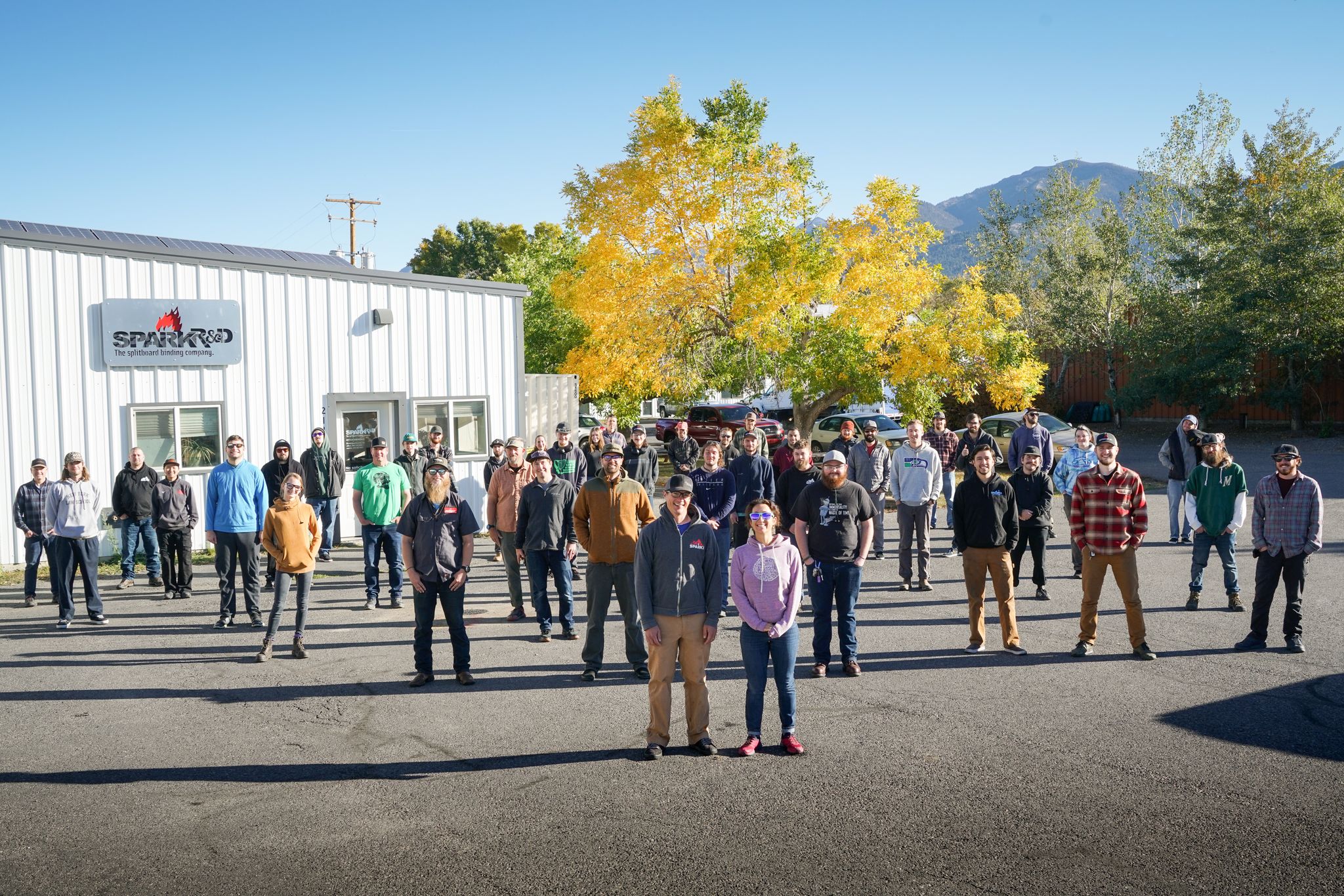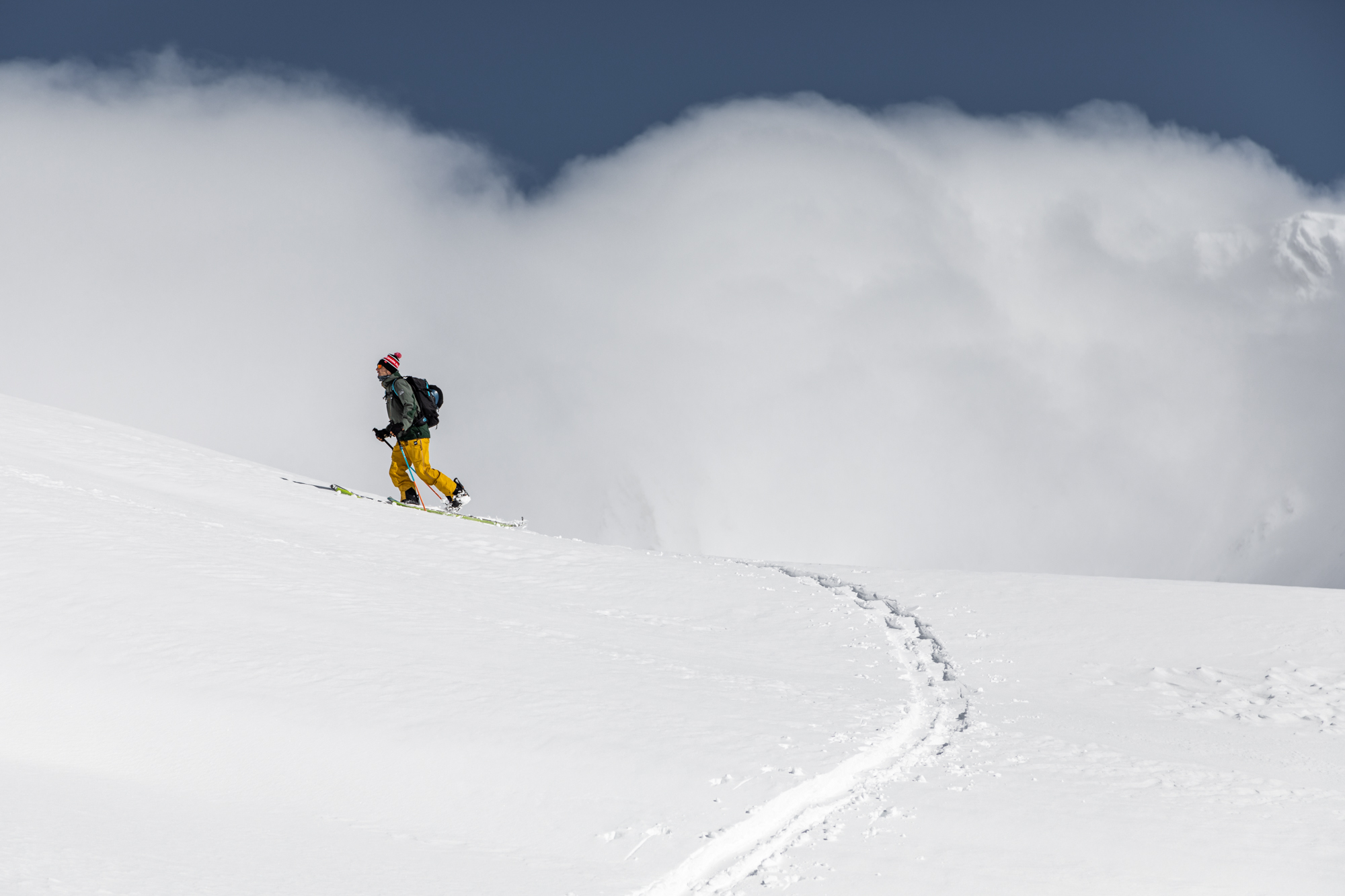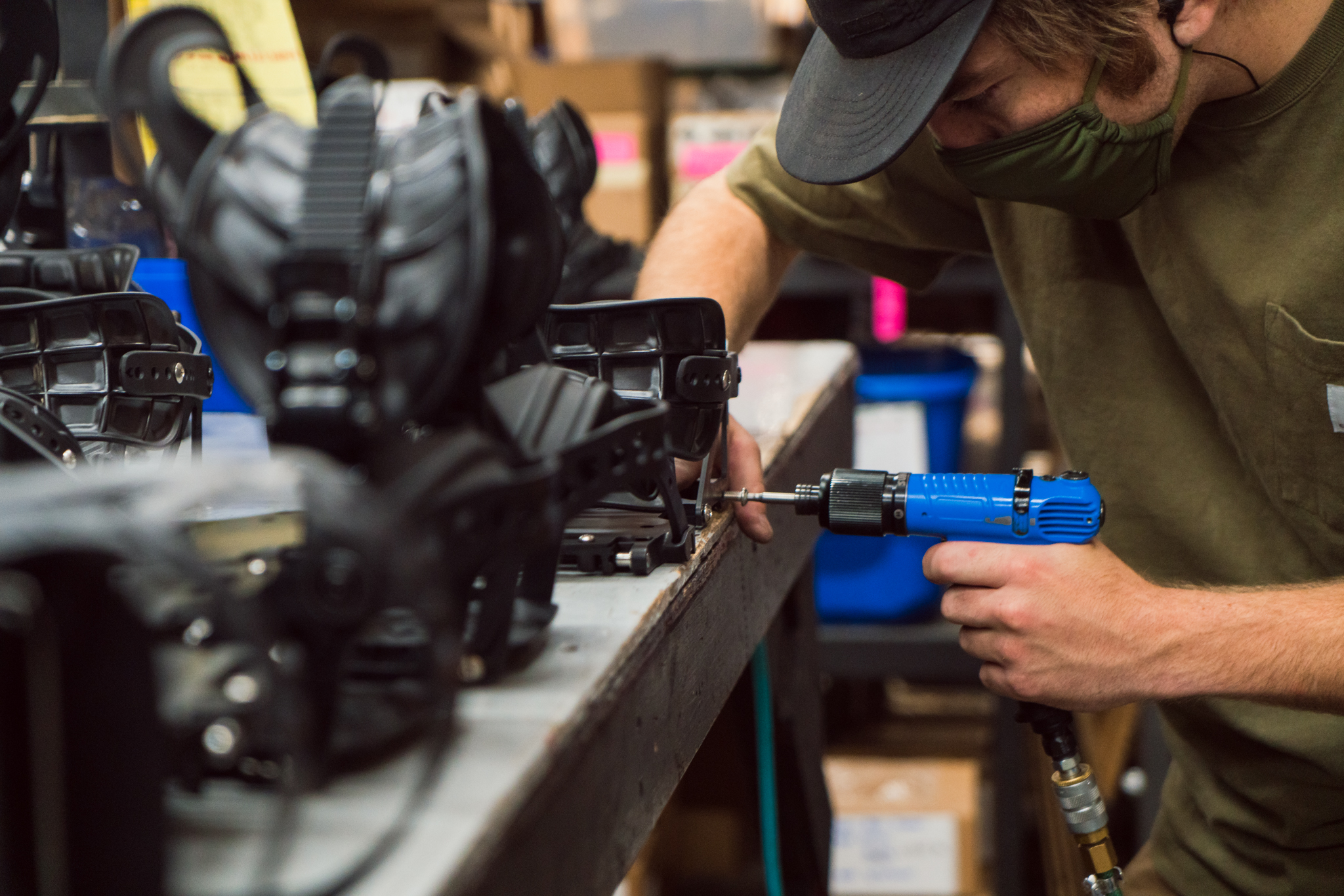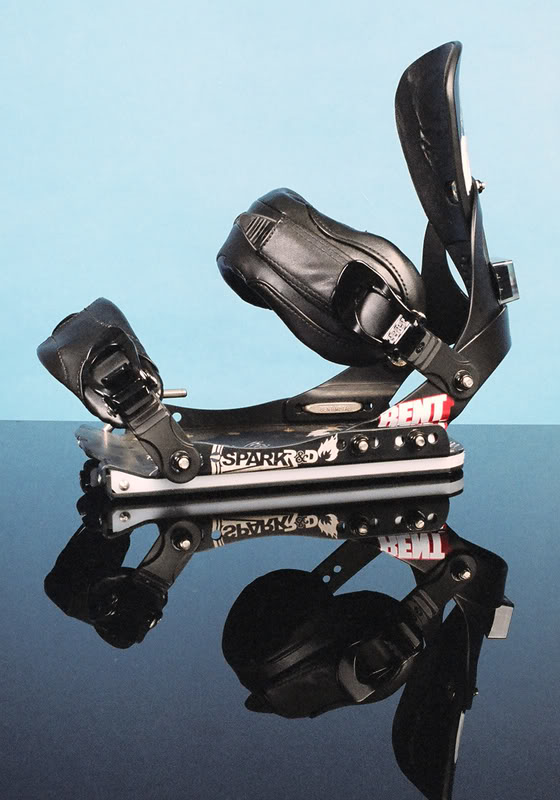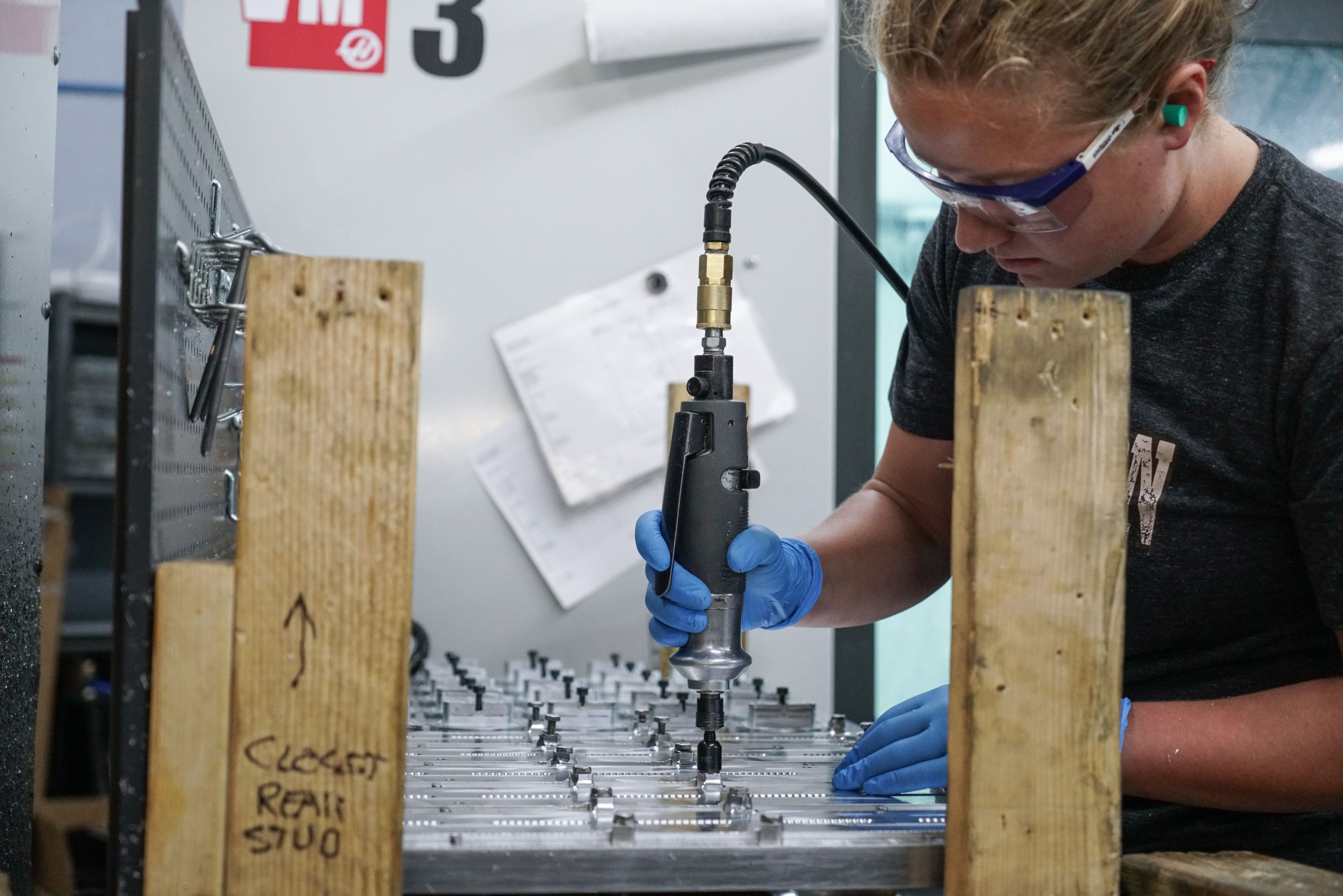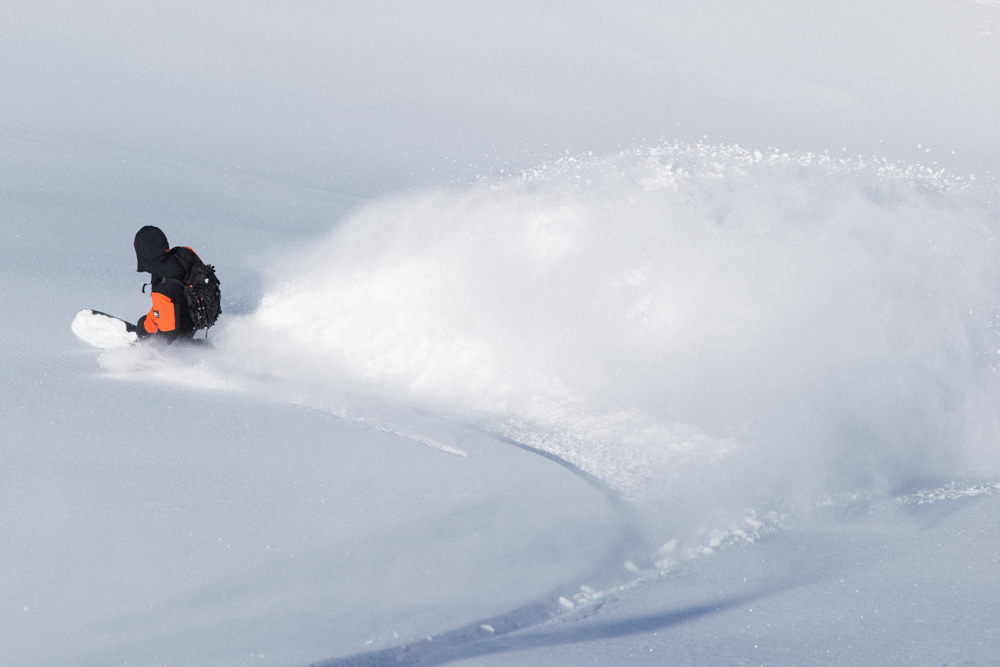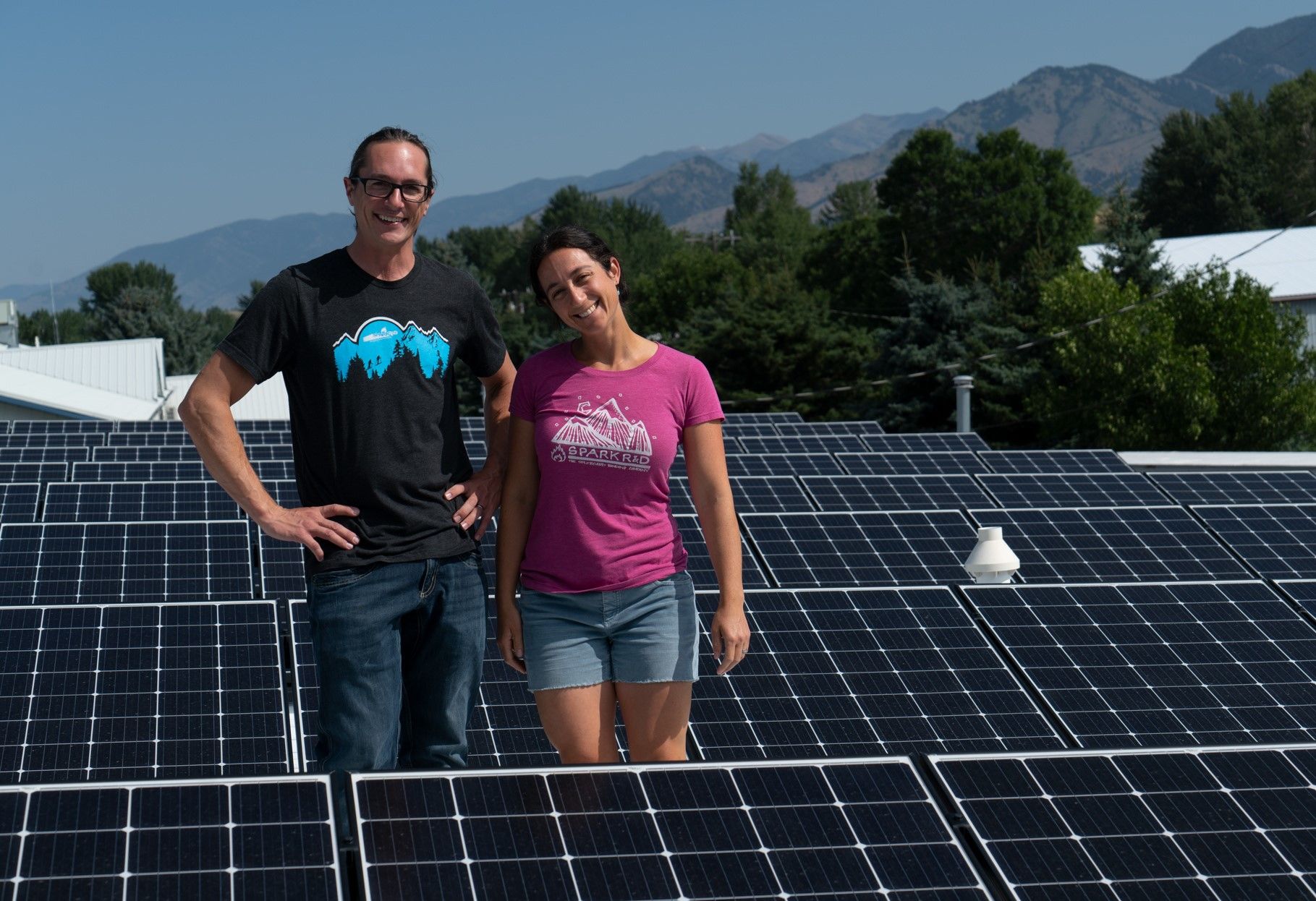Scan your local trailhead, visit your go-to board shop, or scroll the ‘gram, and one thing is clear: we’re in the midst of an unprecedented backcountry feeding frenzy. Splitboarding has never been further from the fringe, and it’s no surprise why: going cold turkey is a torturous affair. When COVID shuttered resorts, powder addicts resolved to get their fix—even if they had to hike for it.
Backcountry brands like Spark R&D, the Bozeman, Montana-based pioneers of arguably the world’s finest splitboard bindings, are doing their best to keep up with demand. “We’re shipping like maniacs as well as manufacturing 24 hours a day, as many days a week as we can,” says Will Ritter, who founded Spark R&D 15 years ago and remains the brains behind the bindings.
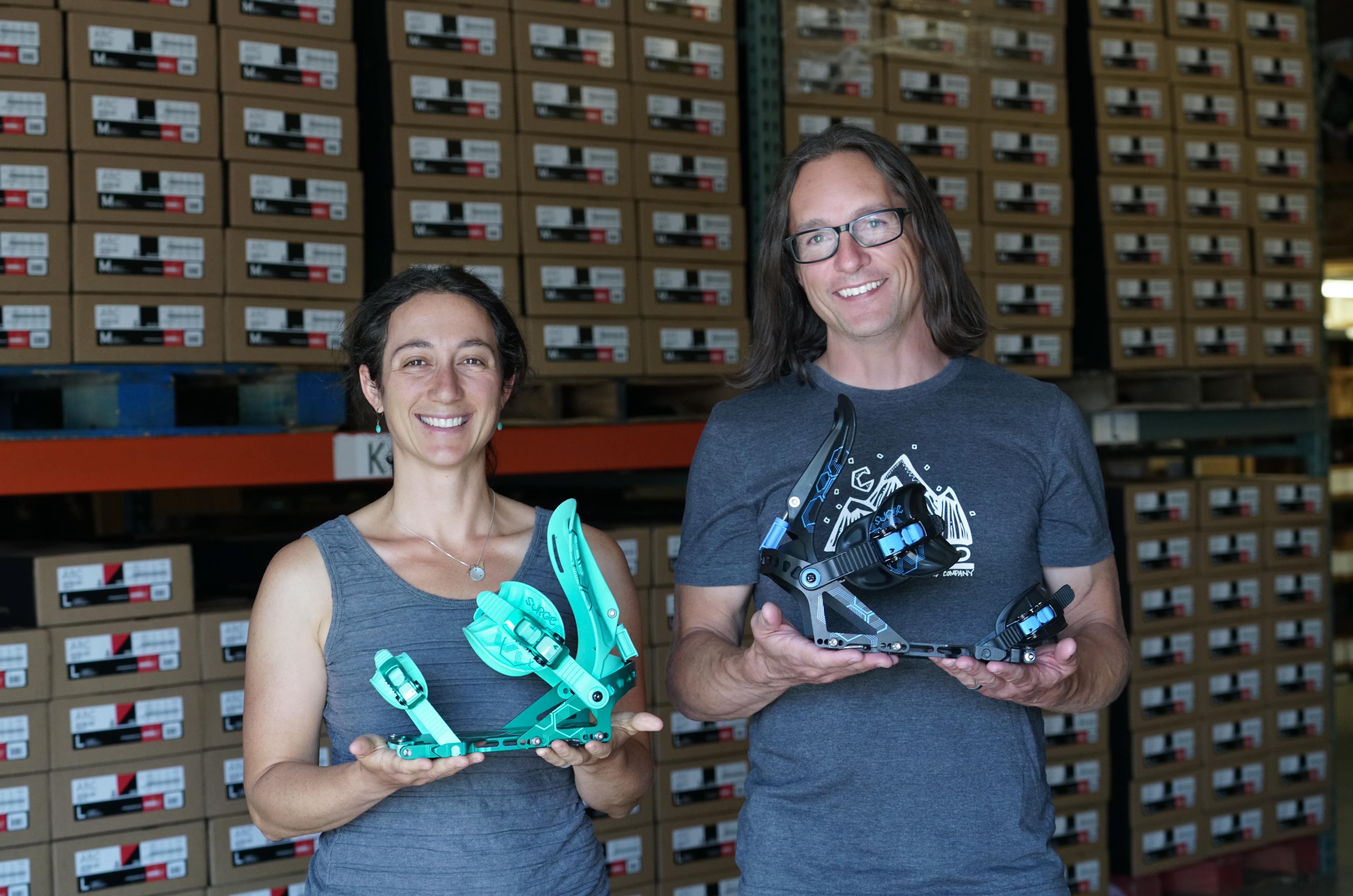
“Last winter was definitely crazy. Our stuff was all sold out for the season two, two and a half months earlier than normal,” recalls Will. “[splitboarding] was kind of the only thing you could do for fun, especially in Europe. So many resorts were closed for essentially the whole season—if you were going to snowboard, backcountry was the only way to do it.”
With uncertainty a dogged symptom of the pandemic, all signs pointed to similar backcountry demand for 2022. This past February and March, as it came time for retailers to put in their orders with Spark, the unthinkable occurred. “We had people just throwing huge, huge orders at us, hoping to get two to four times more than they’ve ever ordered,” says Will.
“We’re trying to scale by 20, 25 percent, which is a lot when you’re already at a big scale and running 24 hours a day”

